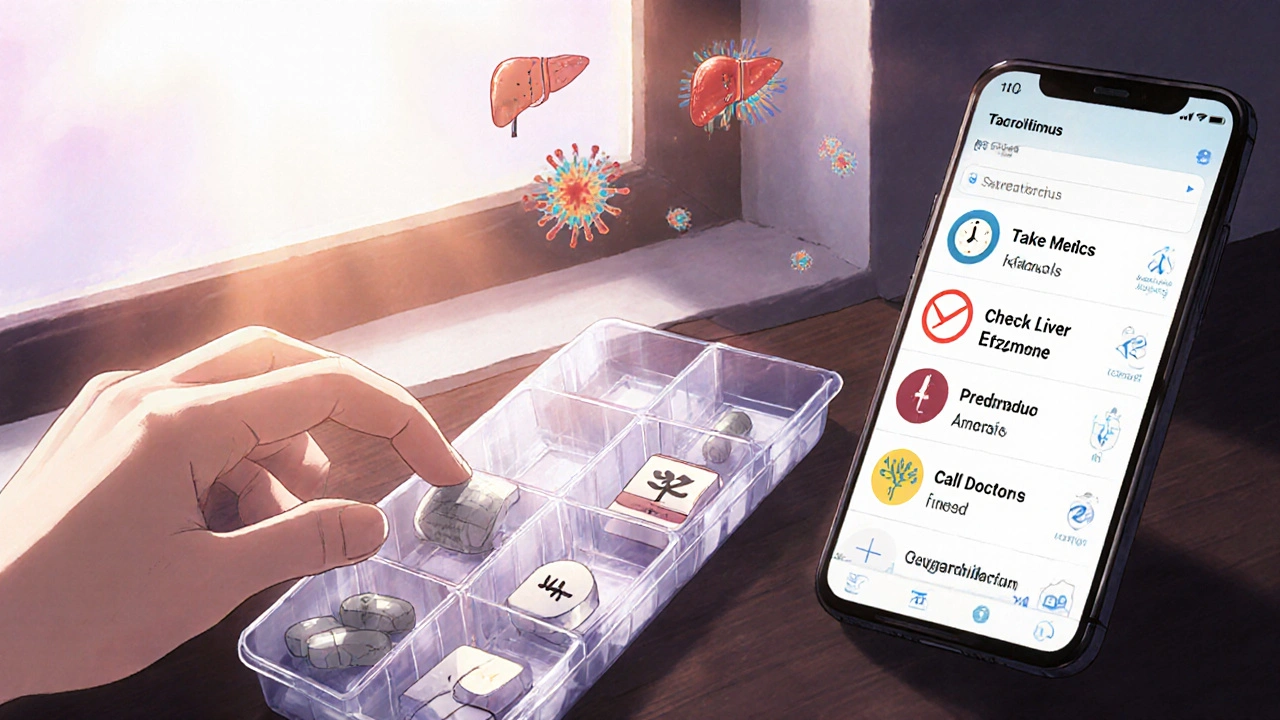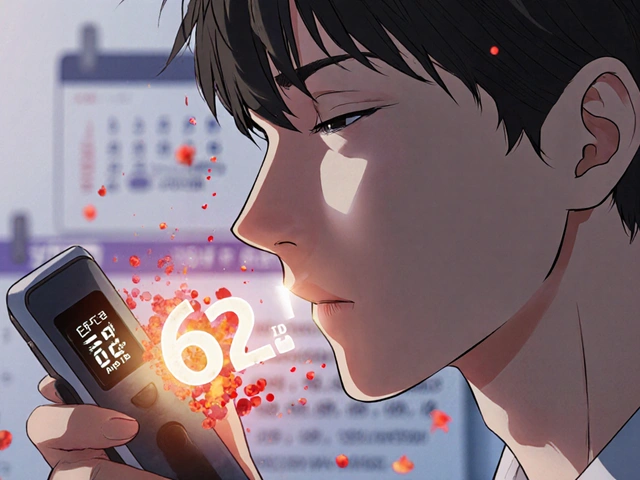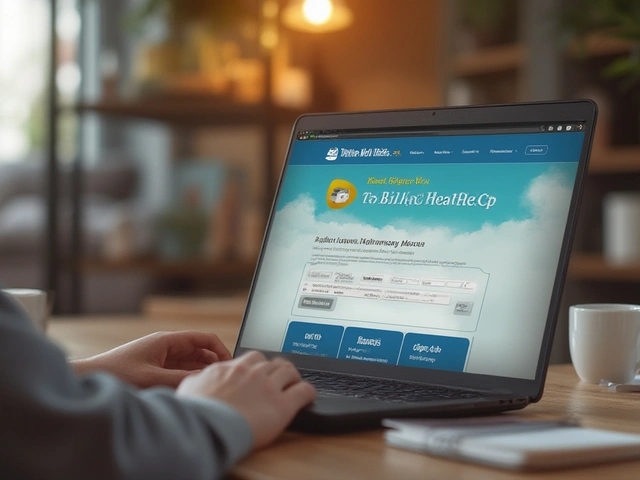What Happens After Your Liver Transplant?
Getting a new liver is life-changing. But the real work starts after you leave the hospital. Your body doesn’t know the new organ belongs to you. It sees it as an invader. And if you don’t fight back with the right meds, your immune system will try to destroy it. This is called rejection.
Rejection doesn’t always come with a siren. Sometimes, it creeps in quietly. That’s why knowing the signs and never missing a pill isn’t just advice-it’s what keeps your new liver alive.
How Rejection Works-And Why It’s So Dangerous
Your immune system is built to protect you. It hunts down viruses, bacteria, and anything foreign. A transplanted liver? To your body, it looks like a threat. Even with a perfect match, your immune cells will attack. That’s why you need immunosuppressants-meds that calm your body’s defenses.
There are three types of rejection:
- Hyperacute rejection-happens within minutes or hours. Rare today thanks to advanced donor matching.
- Acute rejection-most common. Usually hits between one week and three months after transplant, but can happen anytime.
- Chronic rejection-slow and silent. Takes months or years. Often shows up as gradual liver damage you won’t feel until it’s advanced.
Acute rejection affects about 15% of liver transplant patients. But here’s the key: if caught early, it’s usually reversible. If ignored? It can lead to liver failure-and the need for another transplant.
What Rejection Feels Like-Don’t Ignore These Signs
Unlike a cold or the flu, rejection symptoms can be vague. That’s why people delay calling their doctor. But these signs are red flags:
- Fever over 100°F (37.8°C)-even if you feel fine otherwise.
- Pain or tenderness near your incision or upper right abdomen.
- Unexplained fatigue that won’t go away.
- Nausea, vomiting, or loss of appetite.
- Dark urine or pale stools.
- Jaundice-yellowing of skin or eyes.
- Rapid weight gain (5+ pounds in 2-3 days), often from fluid buildup.
These aren’t just "off days." If you’ve had a transplant and notice even one of these, call your transplant team immediately. Don’t wait. Don’t assume it’s just a stomach bug. Blood tests will show rising liver enzymes and bilirubin-early warning signs you can’t feel.

Medication Adherence: Your Lifeline
There’s one thing more important than knowing the signs: taking your pills exactly as prescribed. Every single day. No exceptions.
Most liver transplant patients take three types of drugs:
- Calcineurin inhibitors-tacrolimus or cyclosporine. These are the backbone of rejection prevention.
- Antimetabolites-mycophenolate or azathioprine. They block immune cell growth.
- Corticosteroids-prednisone. Used short-term, but sometimes long-term.
That’s often 8 to 12 pills a day. Some need to be taken at specific times, with or without food. Some interact with grapefruit, antibiotics, even herbal teas. One missed dose can spike your risk.
Studies show: if you miss just 20% of your doses, your chance of rejection triples. And if adherence drops below 90%, your graft failure risk jumps by 23% for every 10% you miss.
Dr. Arvind Agrawal of CareDx puts it bluntly: "Kidney rejection often has no symptoms. The only thing keeping the organ alive? The meds you take on time." The same is true for liver transplants.
Why People Miss Doses-And How to Beat It
It’s not laziness. It’s complexity.
Imagine this: you wake up, take two pills with breakfast. At noon, two more-on an empty stomach. At 6 p.m., another two. At bedtime, two more, but not with milk or antacids. Plus, you’re on blood pressure pills, acid reducers, and vitamins. Side effects? Tremors, headaches, high blood pressure, weight gain. It’s exhausting.
Cost is another hurdle. Without insurance, liver transplant meds cost about $28,000 a year. Many patients skip doses to stretch their supply.
Here’s what actually works:
- Medication organizers-those little plastic boxes with days and times. 63% of long-term survivors use them.
- Smartphone alarms-set 2-3 reminders per dose. One study showed a 37% boost in adherence.
- Family or friend support-someone who checks in daily. Reduces rejection risk by 28%.
- Pharmacist reviews-monthly check-ins with a transplant pharmacist. Centers that do this see 92% adherence. The national average? Just 76%.
Some transplant centers now use smart pill bottles. They track when you open them. Shockingly, 45% of patients miss at least one dose a week in the first year. But when they get feedback from the app? Adherence improves fast.

Monitoring Your Health Between Visits
You’ll have frequent blood tests early on-weekly at first, then monthly. They check your liver enzymes, bilirubin, and drug levels. For tacrolimus, the target range in the first year is 5-10 ng/mL. Too low? Rejection risk rises. Too high? Kidney damage or nerve problems.
Don’t wait for your next appointment to check in. Learn your normal numbers. Keep a log. If your creatinine or liver enzymes jump by 20% or more, call your team. Don’t assume it’s nothing.
Some centers now use newer tools like the ImmuKnow assay, which measures immune activity. It’s not perfect, but it helps catch problems before they become full-blown rejection.
What’s New in Transplant Care
The field is changing fast. In early 2023, the FDA approved the first genetic test for tacrolimus dosing-XyGlo. It looks at your DNA to predict how your body processes the drug. That means fewer trial-and-error adjustments and more stable levels.
Another breakthrough? Belatacept, a new drug that replaces calcineurin inhibitors in some patients. Early data shows 18% less chronic rejection over five years-and fewer kidney side effects.
The most exciting research? Getting patients off immunosuppressants entirely. In a 2023 trial, 40% of participants who got a stem cell transplant along with their liver no longer needed anti-rejection drugs after 18 months. It’s not standard yet-but it’s coming.
Your Daily Commitment
Transplant success isn’t about the surgery. It’s about what you do every morning, every evening, for the rest of your life.
You’re not just a patient. You’re the most important part of your own care team. Missing a pill isn’t a small mistake. It’s a risk to your new liver. Ignoring a fever isn’t being tough. It’s ignoring a warning sign.
Stick to your schedule. Use your alarms. Talk to your pharmacist. Tell someone at home to remind you. If you’re struggling with side effects or cost-speak up. There are programs, discounts, and support groups. You don’t have to do this alone.
Your liver gave you a second chance. Now, show up for it-every day.
Can you have a liver transplant rejection without symptoms?
Yes. Many cases of acute rejection, especially mild ones, show no obvious symptoms. Blood tests are the only reliable way to catch it early. That’s why regular lab work and strict medication adherence are non-negotiable-even if you feel fine.
How long do you need to take anti-rejection drugs?
For life. Unlike some other transplants, liver recipients typically need immunosuppressants indefinitely. Stopping them-even if you feel great-can trigger rapid, life-threatening rejection. Research shows 85% of patients with 95%+ adherence keep their liver working after 10 years. That drops to 42% if adherence falls below 80%.
What happens if I miss a dose of my transplant medication?
Missing one dose increases your rejection risk, especially in the first year. If you miss a dose, take it as soon as you remember-unless it’s close to your next scheduled dose. Never double up. Call your transplant team immediately. They may want to check your drug levels or schedule an extra blood test.
Are there cheaper alternatives to expensive transplant meds?
Yes. Many manufacturers offer patient assistance programs. Nonprofits like the National Kidney Foundation and HealthWell Foundation help with copays. Generic versions of some drugs (like mycophenolate) are available and just as effective. Never switch brands or stop meds without talking to your transplant pharmacist.
Can I drink alcohol after a liver transplant?
No. Even small amounts of alcohol can damage your new liver and interfere with how your body processes immunosuppressants. Most transplant centers require lifelong abstinence. This isn’t a suggestion-it’s a medical necessity.
How often should I see my transplant team?
In the first year, you’ll typically have appointments every 1-4 weeks. After that, visits usually drop to every 2-3 months. But if you feel off, have a fever, or miss doses, call sooner. Don’t wait for your next scheduled visit. Your team needs to hear from you-even if you think it’s nothing.







